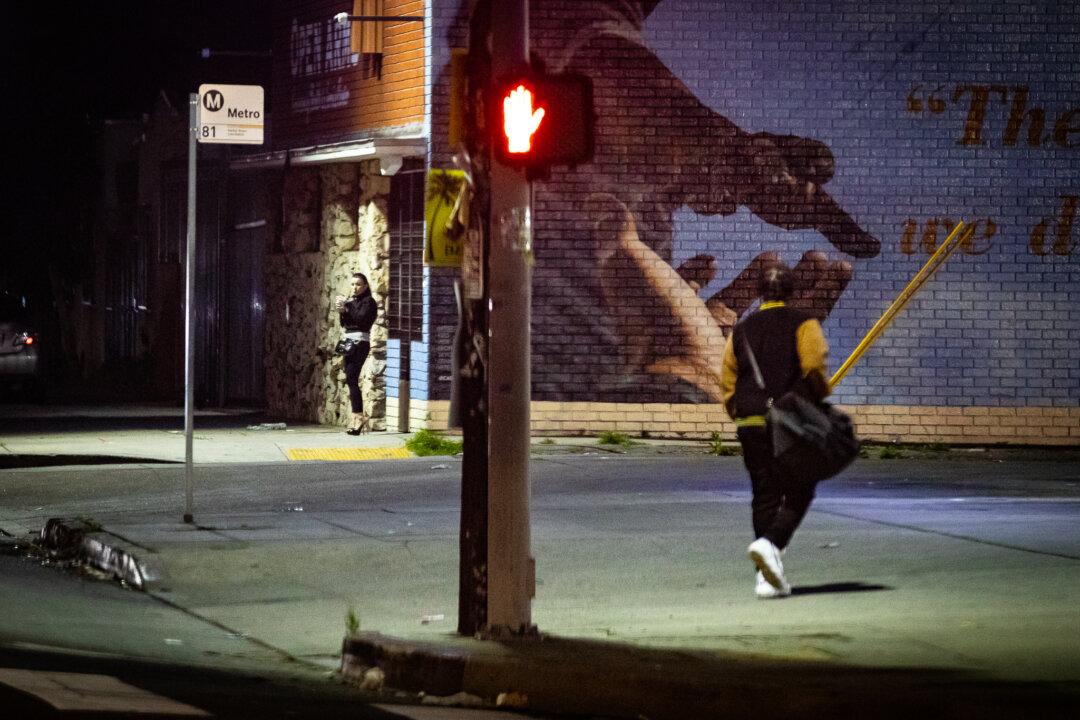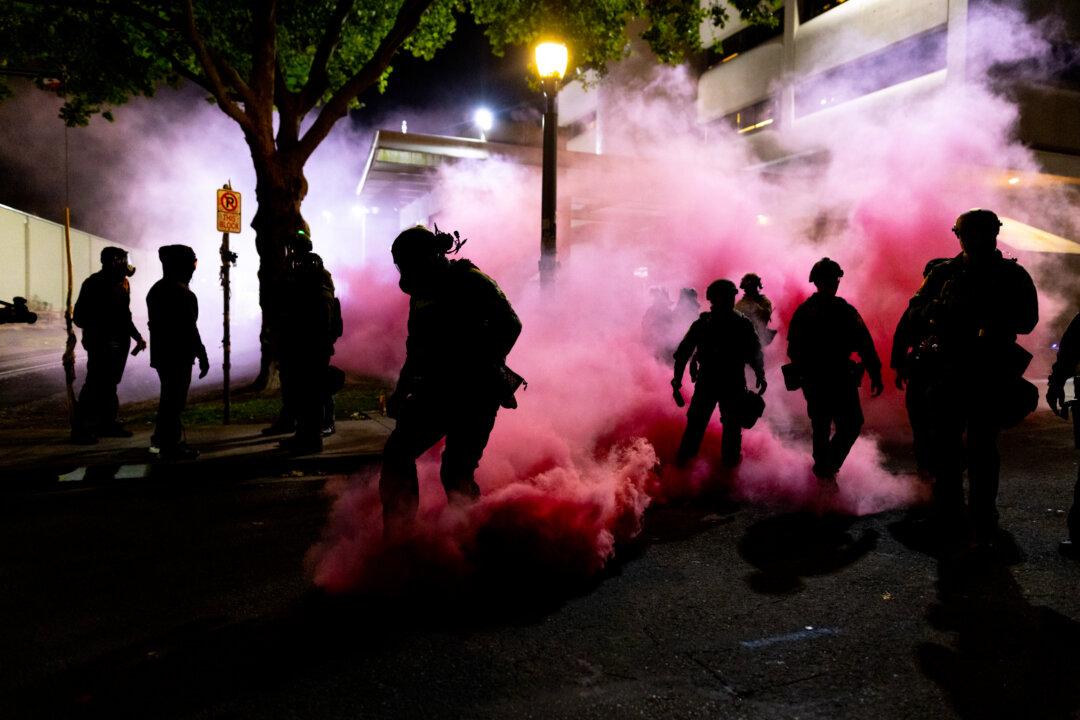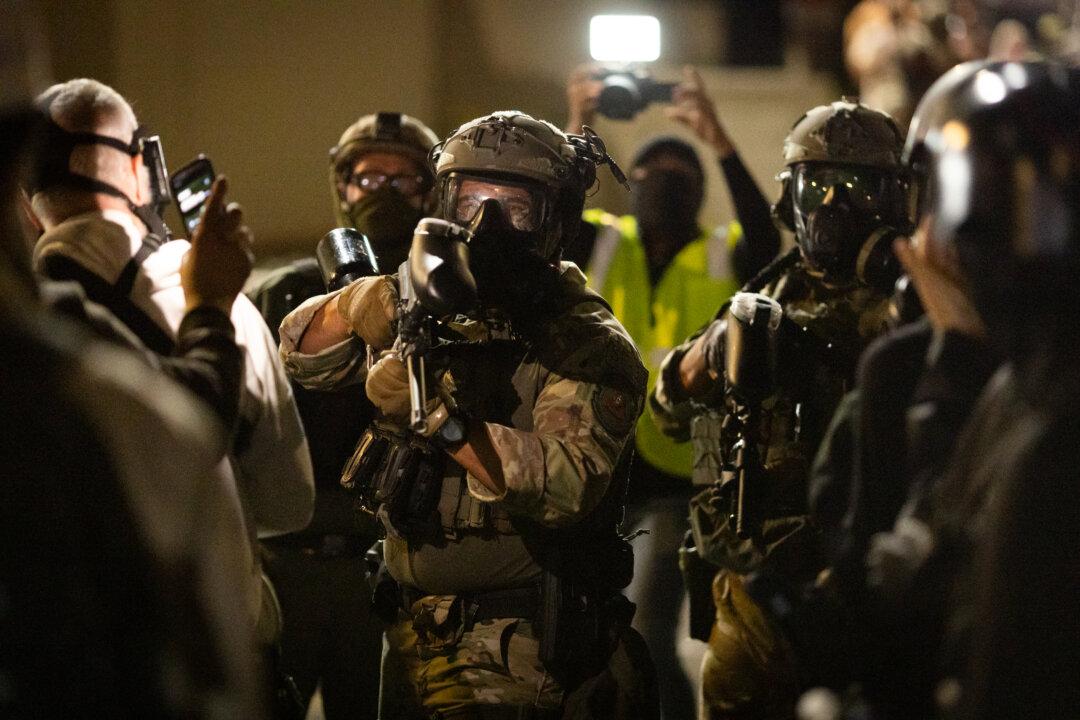LOS ANGELES—At Figueroa and 69th streets, girls appearing to be as young as 15 stood in G-strings and unbuttoned blouses on a Wednesday evening earlier this month, as cars idled in a small traffic jam under the weak glow of faded street lights.
Even on a weeknight, Los Angeles’s busiest area for sex work—known colloquially as “The Blade”—has smiling men with their car windows down shopping for women and girls.




